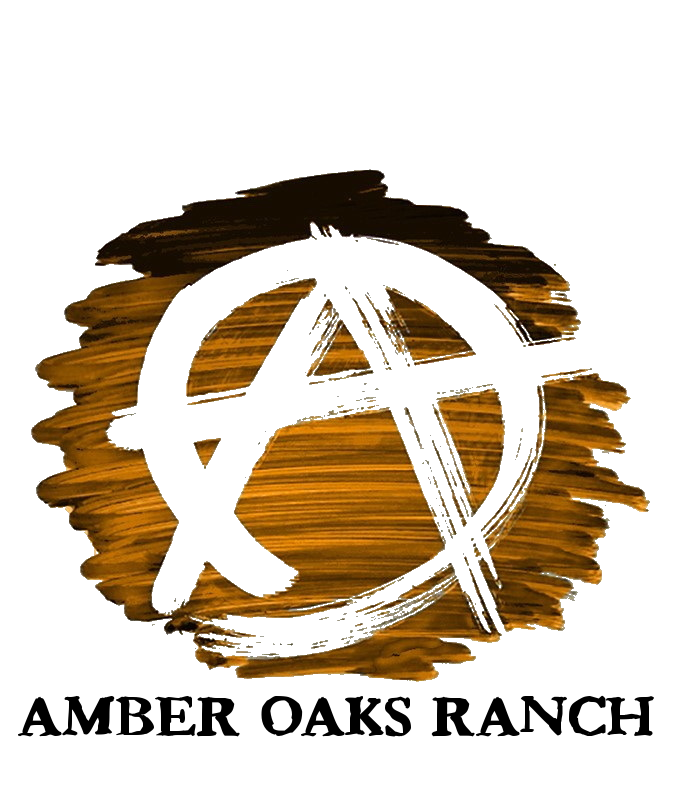Heading toward Christmas I could see the bellies swelling and the udders filling. I knew we were going to have some winter calves. I pulled two heifers out of the heard (#12 & #21) and put them in a paddock with hay so I could assist with the birth in the event I needed to. Well, weeks turned into months with no calf, but #12 was filling up and looked like she would calf any day. I left #21 back into the heard. Finally, in early February we had our first calf, and it wasn’t one of the heifers I had isolated. It was a second year cow (#102) that I wasn’t expecting yet. Fortunately things went well, and she delivered a beautiful bull calf (#99). And then #21 had her calf unexpectedly (#98). I say unexpectedly because her udders weren’t but little tea cups, and here was #12 with udders the size of literal milk jugs and she still wasn’t giving birth. #12 finally gave birth a week later (steer #97), along with another cow (#2 – heifer #96). So by the third week of February I had 4 calves on the ground.
February in Texas is cold and wet, and these young calves were struggling. It’s tough to come into the world when it’s 33 degrees and raining. With all the mud and feces everywhere, it doesn’t take long for sickness to set in. #97 was not as peppy as the rest, and his nursing lacked vigor. He would lay around a lot and shiver. I would frequently find him separated from the herd laying in a shallow and have to coax him up and toward his mamma. One day I found him lying in a muddy ditch 200 yards away the herd unable to stand. In a state of panic, I gave him a shot of B12 and tried to bottle feed him. He wouldn’t take the bottle, but the B12 seemed to perk him up a bit so I put him in a wheel-barrow and brought him to his momma where he proceeded to nurse like a champ.
As February was wrapping up, I had 4 healthy calves dancing across the pasture in the ever increasing daylight. I figured I had made it through a winter calving season. There were patches of green grass coming and though it was still raining, the weather was into the 60s.
Then it happened. On February 28th, having come back from a quick trip to Dallas, I found #98 laying in a shallow with bloody scours (diarrhea). I threw the kitchen sink at him (tetracycline, energy boost, vitamin B, iron) but my efforts were too late. He died within a few hours. He was healthy one day, and dead the next. Scours is a symptom with many causes, but typically when it’s bloody with mucus, you can be sure there is intestinal bacteria involved. They attack the lining of the intestine and prevent nutrients and water from passing through. The calf suffers dehydration and starves to death. If you don’t catch it when symptoms first appear, then chances are slim. The best remedy is prevention and that means healthy calves in a clean environment. On cold, wet pastures filled with feces, the calf’s immune system is seriously challenged to keep infection at bay.
So now, on the first day of March, I’m down to 3 calves. It’s still raining and the spring growth is too slow to firm up the fields. I’m expecting a few more calves this month – definitely not out of the woods yet.
All the books I’ve read this winter have been telling me to calve in June when the grass is lush and the days are warm. Guess I should have read them 9 months ago!



Add Comment